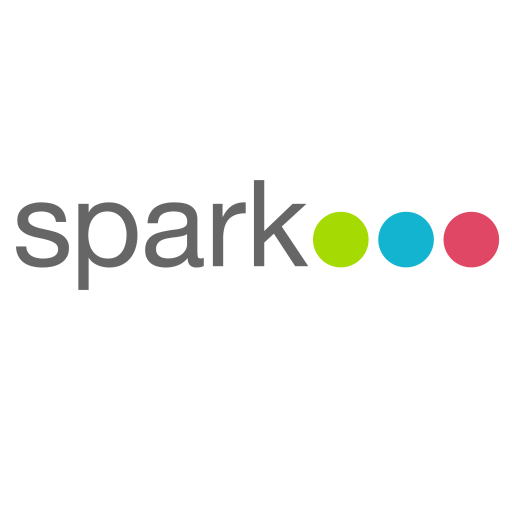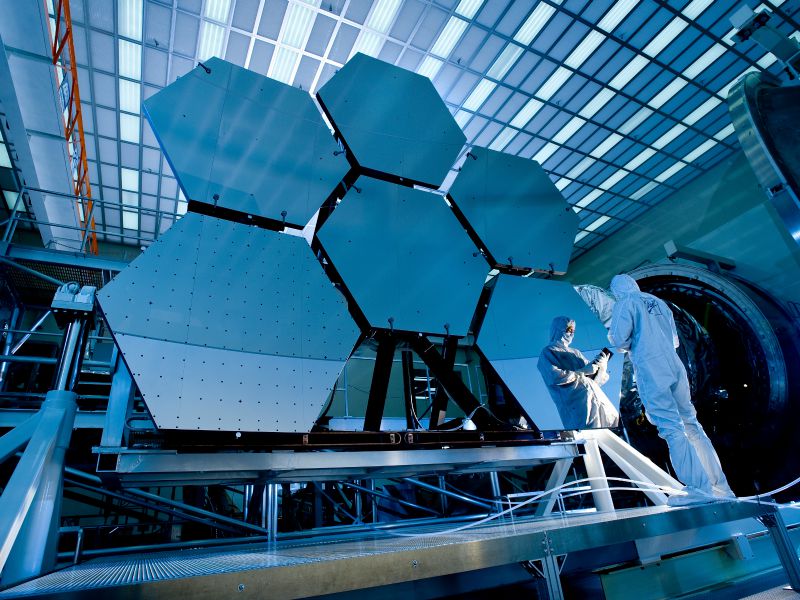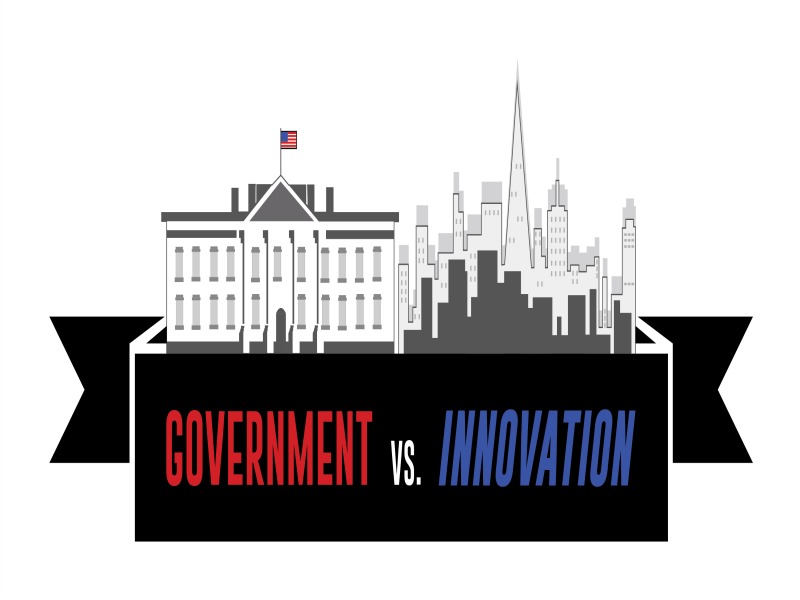Sparkpr 05 Dec 2014 // 2:00PM GMT

Consumer health technologies that promise greater efficiency and improved outcomes in health management have become the darlings of the media in the past few years. The enormous market opportunity of wearables, for example, has excited investors and inspired technology companies to develop innovative new products with a zeal and sense of boundless opportunity last seen during the gold-rush era.
The average consumer now has access to biometric monitoring with medical-grade accuracy and real-time data, which was previously only reserved for medical professionals. This advancement in technology comes at a great time for consumers who have become disillusioned with the healthcare system; and it provides a renewed sense of hope and promise that they’ll have greater visibility, insight and control over their health management.
The problem, however, is that self-monitoring simply hasn’t yet lived up to its full potential. Although, I predict that we’ll see a “cleaning house” of fitness monitors, which have become highly commoditized; we’ll also see the expansion of the long tail in the industry, with companies that focus on very specific health disorders enjoying greater market share within their respective industries.
Fitness trackers will soon represent the immaturity of the industry, and we’ll become far more demanding of the utility of our self-monitored data beyond numbers of steps walked or calories burned. So what will health technology, personalized data capture and big data analysis have in store for us?
What’s the end game for humanity beyond the narcissism of celebrating ones own physical challenges and personal achievements? Am I suggesting the total demise of the fitness monitoring industry? No, simply recognizing the growth, progression and expansion that naturally occur within a nascent industry.
The next wave of health tech monitoring and analytics may lie in the global predictive health space, which ideally takes health information from among individuals, governments and EHR’s, and provides statistical analysis and modeling that offers a 360° view of the “health landscape.”
Google Flu Trends is an example of how the industry can utilize non-clinical health information for predictive purposes. With astonishing accuracy, Google analyzes search term queries for influenza and correlates it with official health surveillance data to determine disease outbreak areas. The combination of new technologies, mobile devices, big data and cloud services can help create the “Citizen CDC” of the future, where people can more effectively report, monitor and contain the spread of infectious diseases from everything from a flu epidemic to an Ebola pandemic.
There are massive global health implications if these technologies are proven successful, but challenges also loom large. EHR’s must release their health data and we must witness the continued growth of smart phone adoption, because health technology is largely fueled by the processing power and connectivity enabled by smart phones. We face barriers related to access, education, cultural misalignment and financial resources. My unlimited data plan, for example, affords me access to health apps and services that may be prohibitive to someone on a prepaid or limited data plan. The devil is always in the details.
Although, there are many technologies in the predictive health space, sometimes the seemingly most simple technologies have the greatest potential for global impact. Kinsa, whose smart thermometer and mobile app have predictive health capabilities, uses the world’s least expensive, yet most ubiquitous health device to capture health information. Sounds old school? A relic of healthcare past in an era of eye-popping m-health innovation? If so, consider that global health care workers are measuring temperature as their first line of detection for the possible presence of the hyper-virulent Ebola virus currently ravaging West Africa and rapidly befalling people around the world.
The benefits of these technologies are many, but if communicators have access to richer health data, then we’ll be able to provide more actionable information that could contribute to our shared global wellness. So, the next time that you casually toss a self-monitoring device into your dresser drawer, be sure not to discard the promise of it becoming much more than just measurement for a party of one.
Remi Adams is managing director of health tech & wellness at Sparkpr


































.jpg)














